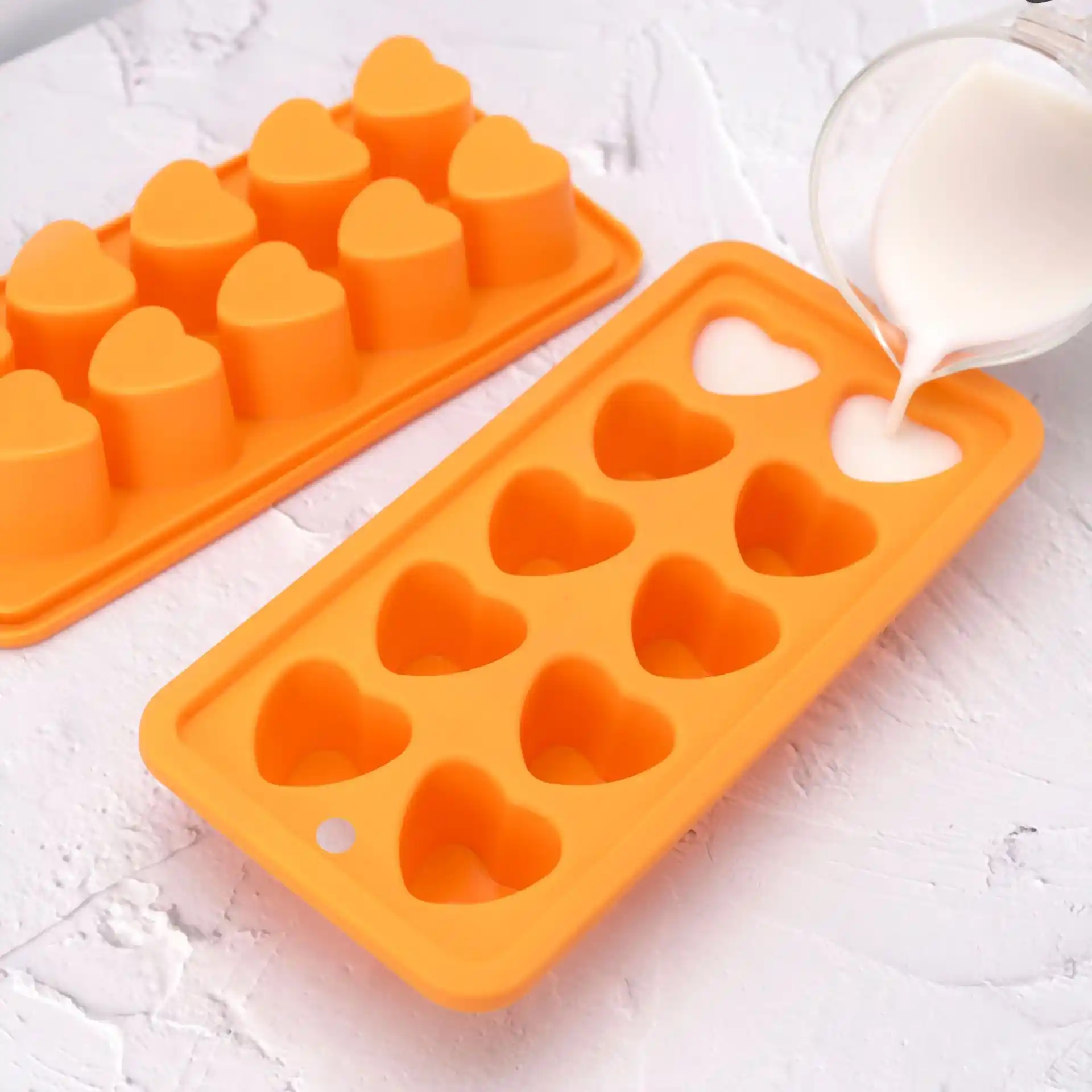Examples of the application of food-grade silicone in food processing.
Nov 29,2024

8### Applications of Food Silicone in Food Processing
In today's food processing industry, the application of various additives and auxiliary materials has greatly enriched the variety and taste of food. Among them, food silicone, as a safe and efficient food additive, plays an indispensable role in food processing due to its unique physicochemical properties. This article will detail several typical application examples of food silicone in food processing, showcasing its wide range of uses and importance.
#### 1. Basic Characteristics of Food Silicone
Food silicone is a highly active adsorbent material, usually a colorless or white granular or powdered substance. It has a strong hydrophilicity, allowing it to quickly swell in water and form a gel-like structure. In addition, food silicone is non-toxic, odorless, chemically stable, and resistant to high and low temperatures. These characteristics make food silicone highly valuable in food processing.
#### 2. Application of Food Silicone in Candy Production
Candy is one of the most widely used fields for food silicone. In the production process of candy, food silicone can be used as a gelling agent, anti-sticking agent, and release agent. For example, in the production of gummy candies, food silicone can help form a stable gel structure, making the gummy candies more elastic and smooth. At the same time, food silicone can prevent candies from sticking together during the molding process, improving production efficiency. Additionally, in the production of hard candies, food silicone can act as a release agent, allowing candies to easily come out of the molds, reducing the breakage rate.
#### 3. Application of Food Silicone in Baked Goods
In baked goods, food silicone also plays an important role. In the production of bread, cakes, and other baked goods, food silicone can be used as a modifier to improve the rheological properties of the dough, making it easier to handle and shape. At the same time, food silicone can increase the gas retention of the dough, making the baked bread and cakes softer and more porous. In addition, food silicone can enhance the freshness of baked goods, extending their shelf life.
#### 4. Application of Food Silicone in Beverages and Dairy Products
In the production of beverages and dairy products, the application of food silicone is also quite extensive. It can act as a stabilizer to prevent sedimentation and layering in beverages and dairy products, improving product stability. For example, in fruit juice beverages, food silicone can prevent fruit pulp particles from sinking, keeping the beverage uniform in taste and appearance. In dairy products, food silicone can prevent protein coagulation and cream separation, improving the texture and taste of dairy products. Additionally, food silicone can also act as a thickening agent, increasing the viscosity of beverages and dairy products to better meet consumer taste preferences.
#### 5. Application of Food Silicone in Frozen Foods
Frozen foods are an important part of modern fast-paced life. In the production and storage of frozen foods, food silicone also plays a crucial role. It can act as an anti-freezing agent, preventing moisture in frozen foods from forming large ice crystals, which can damage the food's structure. For example, in the production of ice cream, food silicone can prevent the formation of hard ice crystals during freezing, making the texture more delicate and smooth. Additionally, food silicone can improve the water retention of frozen foods, ensuring they maintain their original taste and quality after thawing.
#### 6. Application of Food Silicone in Seasonings and Sauces
Seasonings and sauces are an indispensable part of food processing. In the production of seasonings and sauces, food silicone can be used as a thickening agent and stabilizer to enhance the thickness and stability of the products. For example, in seasonings like soy sauce and vinegar, food silicone can prevent the formation of sediments, keeping the seasonings uniform in color and taste. In sauces, food silicone can prevent layering and sedimentation, making them easier to use and store.
#### Conclusion
In summary, the application examples of food silicone in food processing are rich and diverse, covering various fields such as candy, baked goods, beverages, dairy products, frozen foods, and seasonings and sauces. With its unique physicochemical properties and wide application value, food silicone has become an indispensable important additive in the food processing industry. With advancements in technology and increasing consumer demands for food safety and health, the application prospects of food silicone will be even broader.
PREVIOUS:

















